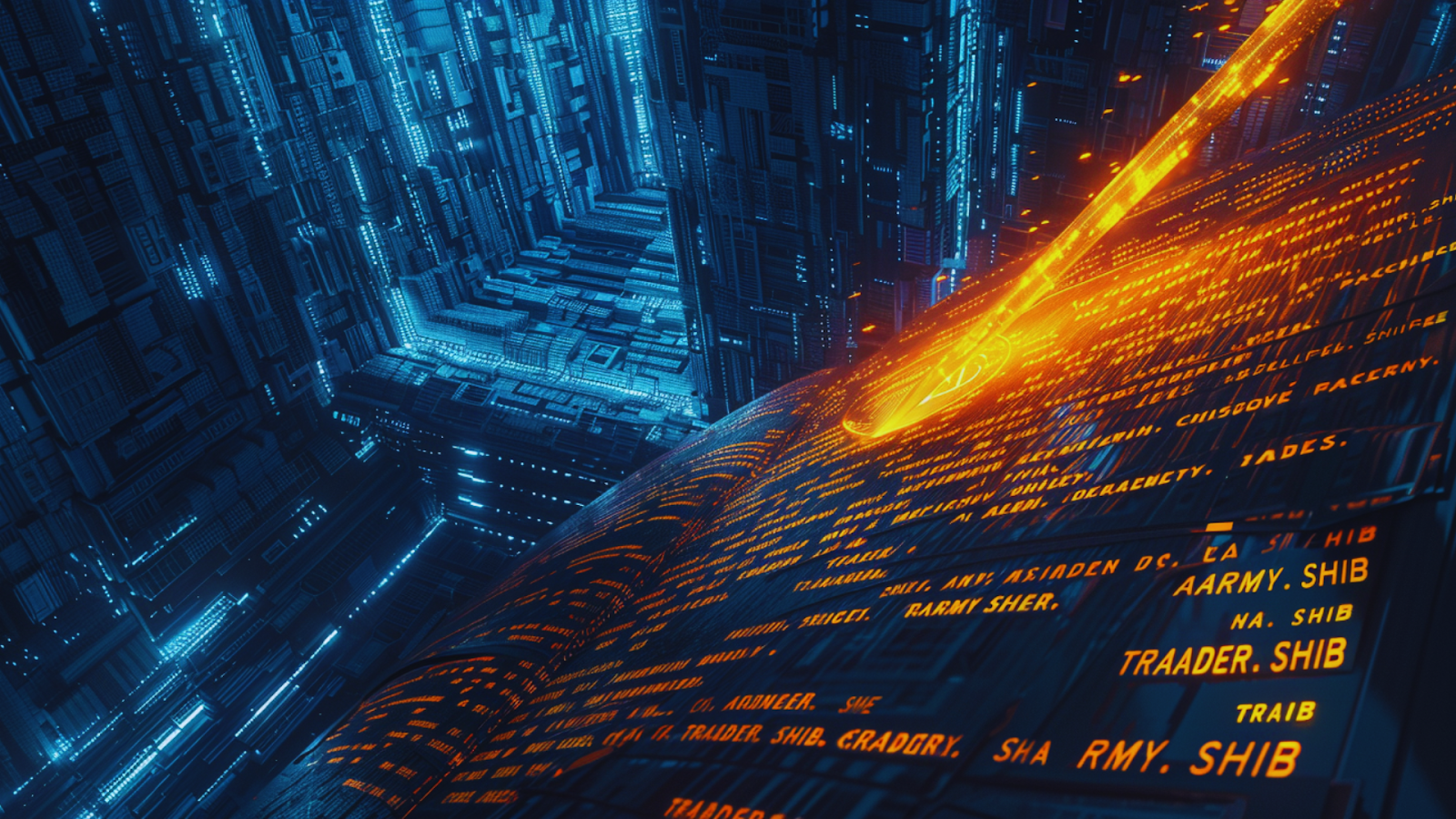
Every empire is, in the end, an act of engineering. History loves to remember the initial spark, the chaotic and brilliant explosion of a new idea that captures the world’s imagination. But that fire, for all its heat and light, is fleeting. What turns a revolutionary moment into a lasting power is the long, hard, and often unglamorous work that follows: the building of the roads, the setting of the laws, and the slow, deliberate process of deciding what it means to be a citizen.
The Roman Empire wasn’t held together by the legend of its founding, but by the relentless logic of its aqueducts and the unyielding stone of its trade routes. The internet didn’t become the backbone of modern life because of its initial, radical promise of connection, but because of the painstaking creation of protocols and standards that allowed it to scale with a shared language.
And so, we have entered the age of the architect.
This is a time for examining the blueprints of a digital nation being forged in real time, a nation built not on soil and steel, but on code and consensus. It is a time for looking inward, to the most fundamental question any sovereign power must answer: who are we?
For years, to exist on the blockchain was to be a number—a long, unreadable, and anonymous string of hexadecimal code. It was an identity of pure function, a ghost in the machine. Now, a new architecture of identity is being laid down, a citizen registry that allows a chaotic frontier of anonymous addresses to give way to an organized territory of known inhabitants.
It is the groundwork for a society where reputation can be built, where trust has a name, and where you can be known.

But an empire’s strength is tested at its edges. A nation defined only by its internal borders is not a nation at all; it is a fortress. To grow, it must engage with the world. And so, a new architecture of sovereignty is being declared—a foreign policy for a multi-chain era. It provides an answer to a timeless imperial dilemma: how to expand your influence without dissolving your core identity. The solution is the creation of official trade routes, a sanctioned path that ensures that while the empire will have many trading partners, all roads—and the value they carry—must lead back to the capital.

Finally, having examined these digital blueprints, we must hold up a strange and potent mirror to our own abstract experiment. The questions we are asking in code are being asked elsewhere in flesh and blood. In a deep dive into a world of subdermal microchips, we see a physical echo of our digital quest.
It is a fascinating, and at times unsettling, preview of a future where the line between the body and the blockchain dissolves entirely. It reveals the ultimate stakes of our own work, showing us the razor’s edge between convenience and control, between an identity that sets you free and one that locks you in a more convenient cage.
These are not separate stories. They are chapters in a single narrative about the architecture of belonging. It is a story about what it takes to turn a decentralized idea into a lasting institution: the names we claim, the laws we set, and the very real human consequences of the future we are building, one block at a time. The blueprints are on the table. The work is in our hands.